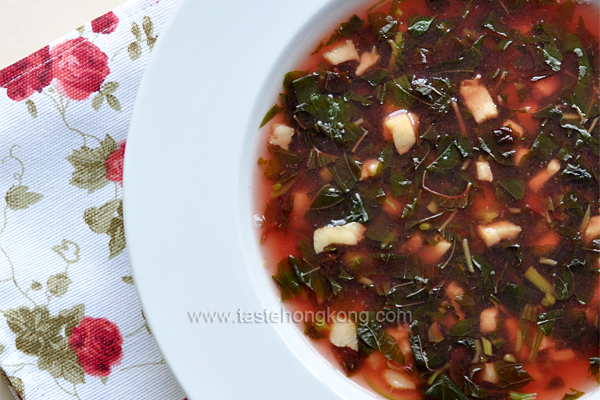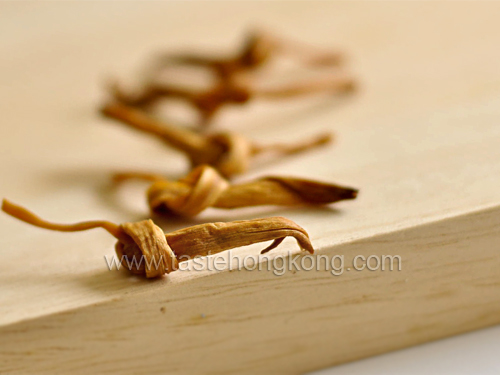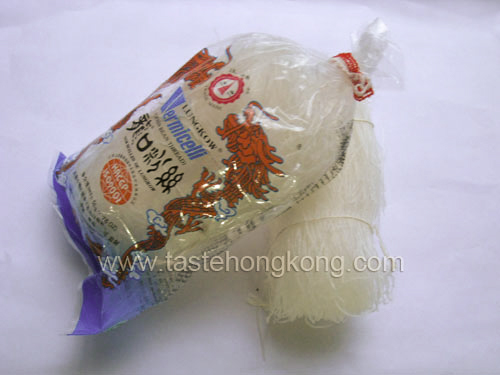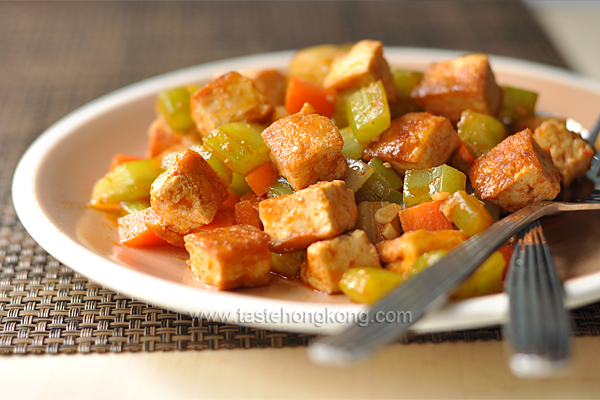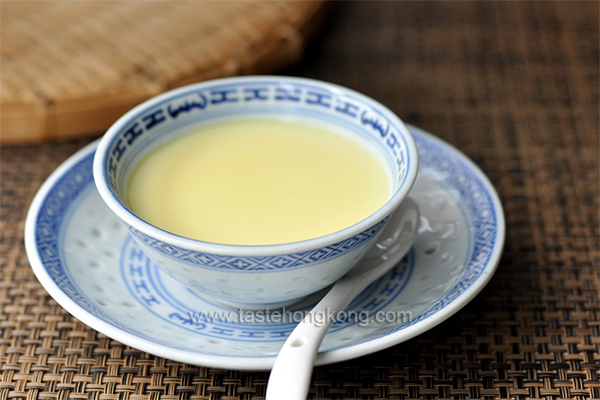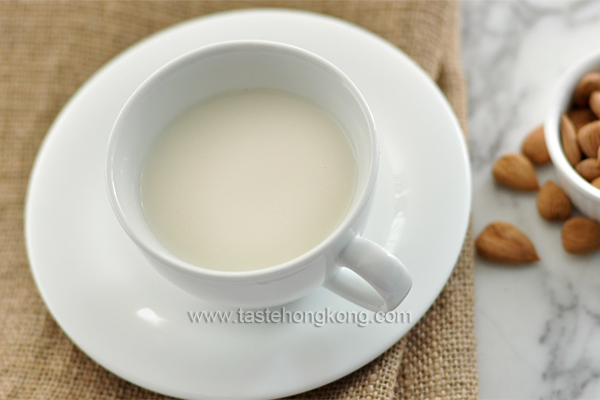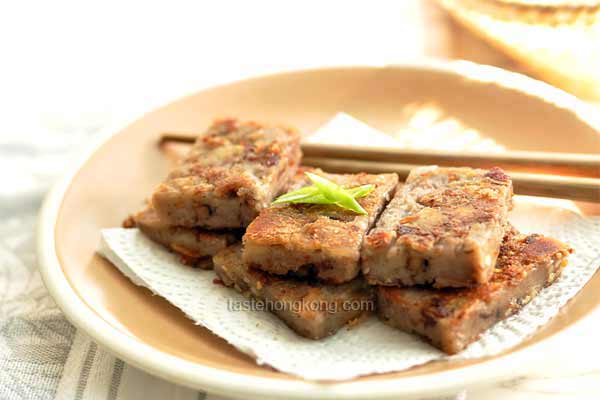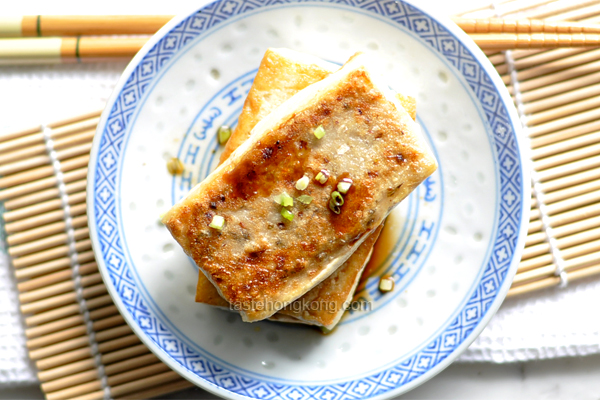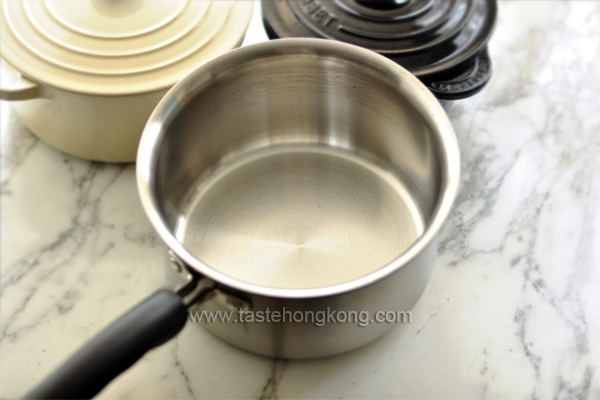
Originated in India and China, it is said that there are up to 50 different species of amaranth. Colors of their leaves vary from pale to dark green, from steaked with purplish red to completely red.
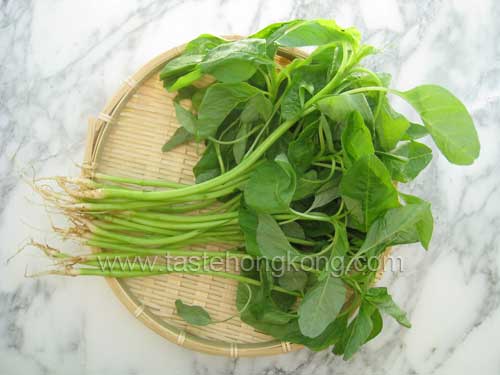 The reddish species, even when briefly cooked can easily and quickly color other ingredients or liquid red. As a matter of fact, these amaranth has twice the amount of iron as their green counterpart. Some may suggest substituting it for English spinach and be used as an ingredient in salads, but we still have not developed a habit here to eat the amaranth raw. Very often, it is blanched or stir fry with garlic.
The reddish species, even when briefly cooked can easily and quickly color other ingredients or liquid red. As a matter of fact, these amaranth has twice the amount of iron as their green counterpart. Some may suggest substituting it for English spinach and be used as an ingredient in salads, but we still have not developed a habit here to eat the amaranth raw. Very often, it is blanched or stir fry with garlic.
In the market, amaranth are often found in bundles with roots still intact. Keep the roots as they are and wrap inside a plastic bag or a piece of newspaper (for storing in fridge) if not use in the next 1 to 2 days. Discard roots and hard sections of the central stems and rinse thoroughly before cooking.
To get immediate updates and new recipes from my blog, you may also SUBSCRIBE them via RSS feeds. See you there.
